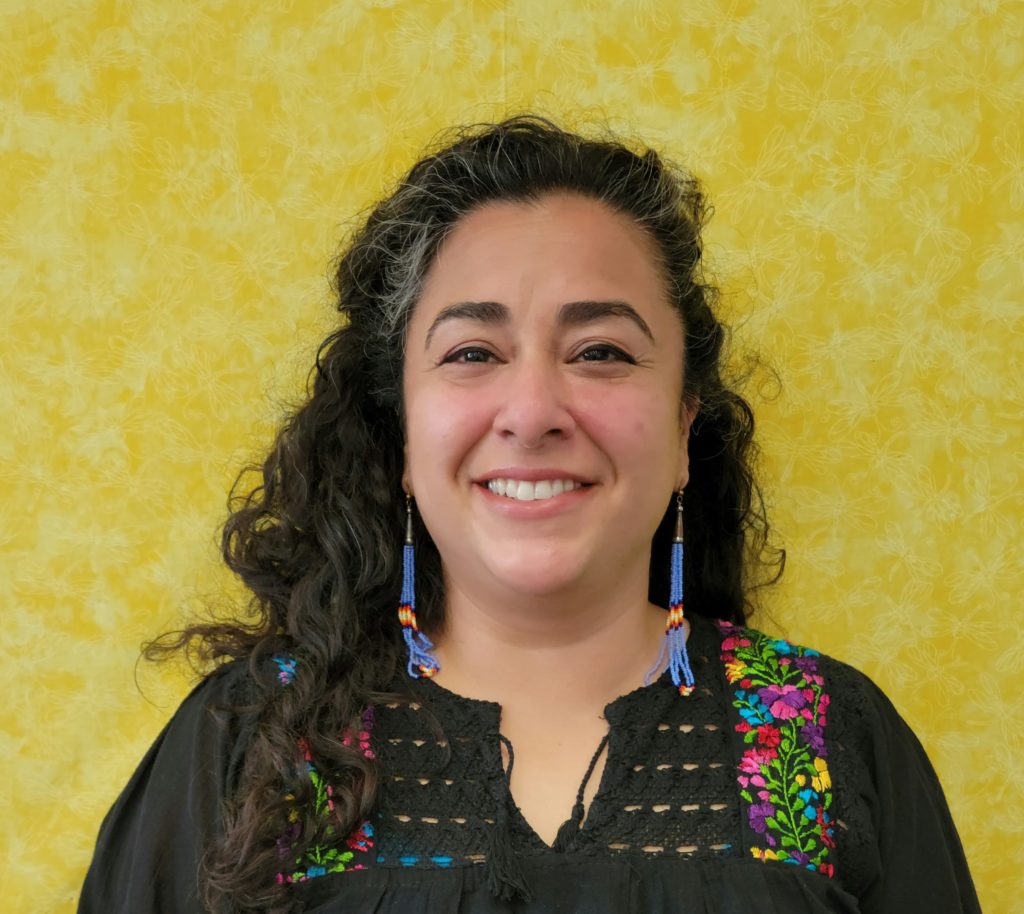
Even though California is the tech capital of the world, not all students feel the industry is accessible to them — even those in Silicon Valley. When Mariana Hernandez noticed this, she was determined to make computer science relatable and accessible for her students. Keep reading to discover how she achieved this with no prior CS experience and limited resources at her school.
How did you get involved in computer science education?
In 2014 STEAM was the buzzword in education. Private businesses had begun funding and creating after-school programs to teach coding to students. CS educators would say “Math is the language of computers — you can easily incorporate it into your math class.”
I had zero CS training and my laptop was basically a glorified typewriter. I was a math teacher noticing a change and realized that my students were being left out. I became determined to learn it. I am fortunate to have the support of my principal, Nick Fanourgiakis. I handed him a copy of the CS Equity Guide and expressed my desire to make CS part of the required course load.
I can now say that every 8th-grade student at my school regardless of race, financial status, academic standing, or SPED designation has had an introductory course to CS, even through this pandemic.
That’s an amazing achievement. Can you tell us more about what’s like teaching computer science at your school?
I work at a school that is surrounded by tech companies like Facebook, Google, and Oracle, and yet my students never felt that a future as part of these tech giants was accessible to them. That has changed! Some of my former students have reached out to me to share that they are in college as successful CS majors. What kept me motivated was one sentence from a student, “I never thought I would have the opportunity to learn this”.
I incorporate CS into my math class using Bootstrap Algebra and Data Science. The students like that it’s text-based coding because they feel like real programmers. I like that it provides a desire to learn math. I am no longer asked, “When will I use this in my life?” Technology and math have become tools that students use to be creative.
I also teach an elective course where I bring in Piper computer kits, Microbits, Mini Spheros, iRobot, and 3D printers. I’ve been able to do this without a budget. I have found ways to borrow from the county office or from friends at other school sites. I have won prizes and grants and have slowly started building up my classroom. If a new teacher is reading this, don’t feel intimidated by the amount of “cool stuff”. I started having to check out a laptop cart and even then I didn’t have enough for everyone. CS is about thinking, logic, and reasoning, and oftentimes some of the best lessons are technology-free.
That’s such a great reminder, especially for schools with limited budgets. Can you tell us more about why equity in computer science education is important to you?
Computer science is the future. Agriculture has lettuce bots that use AI to pull weeds, bakers are using 3D chocolate printers to create delicious masterpieces, there are even sensors in hands-free soap dispensers. When a diverse team, reflective of our communities, is part of the creation process, technology becomes an even more powerful tool to address racial biases and economic inequities.
Equity means that students are empowered to analyze technology for its potential benefits and impact on the world. Equity means that students of color can be producers and creators of technology and not just consumers of it on the sidelines. Equity means that CS is part of the overall curriculum accessible to ALL and not just for the elite.
We couldn’t agree more. What advice would you give a teacher looking to get into computer science?
Do it! Don’t wait! This is the most authentic learning experience a teacher can model for their students. Be comfortable in not knowing all the answers.
Our students are our greatest asset and asking them for their help will empower them.
YouTube is your friend. Students already know how to use it to learn things they are interested in. Show students that it can also be a tool to solve problems in the CS classroom. In doing so, you will model the 8 mathematical practices and the engineering practices of NGSS along with soft skills.
Sharing your knowledge and willingness to grow with your students is crucial, particularly if you are in a school where the options are you or nothing.
If you’re new to computer science education, or if you want to know how to make your CS courses more equitable, download our CS Equity Guide. It will help you navigate common challenges to implementing equitable CS education, as well as provide helpful examples and resources you can share with school leaders.